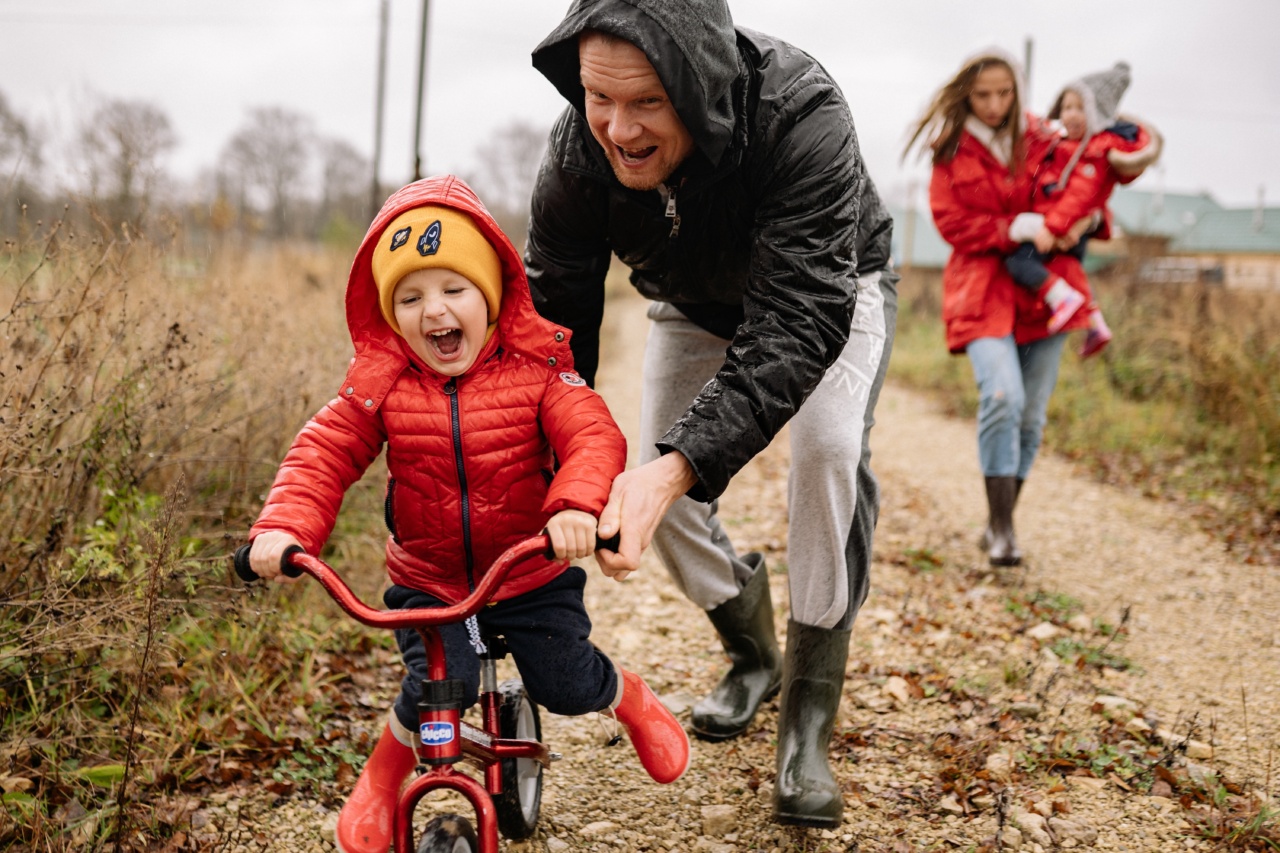Fear and phobias are common in children. Children may develop a fear of certain things or situations that may seem normal to adults.
Fear is a natural human emotion that can help us avoid dangers, but when it becomes irrational, it can interfere with a child’s daily life. As a parent or caregiver, it’s important to know how to help children overcome their fears and phobias to help them lead a happy and fulfilling life.
Understanding Fear and Phobias
Fear is a natural human emotion that helps us avoid dangerous situations. It’s a normal reaction to something that we perceive as a threat. However, when fear becomes irrational, it can limit a child’s daily activities and even lead to social isolation.
Phobias are extreme or irrational fears that can be triggered by certain things or situations, such as spiders, dogs, or heights. Phobias can interfere with a child’s daily life and affect their mental health.
Signs of Fear and Phobias in Children
It can be challenging to recognize the signs of fear and phobias in children, as they may not always express their feelings. However, some common signs of fear and phobias in children include:.
- Persistent anxiety or fear about a specific situation or thing
- Trembling, sweating, or increased heart rate when exposed to the thing or situation that triggers their fear
- Avoidance of certain situations or things
- Sleep disturbance or nightmares
- Difficulty concentrating
How to Help Children Overcome Fear and Phobias
As a parent or caregiver, there are several ways you can help children overcome their fears and phobias. These include:.
1. Understand their fear
It’s important to understand what triggers your child’s fear or phobia. Try to identify the thing or situation that makes your child feel anxious or scared. Once you know their trigger, it will be easier to help them overcome their fear.
2. Avoid forcing them into situations
Avoid forcing your child into situations they’re afraid of, as it can make their fear worse. Instead, try to introduce the trigger gradually and in a controlled environment.
For example, if your child is afraid of dogs, start by introducing them to a small and friendly dog first.
3. Encourage them to face their fears
Encouraging your child to face their fears can help them overcome them. However, it’s important to do this gradually and in a controlled environment. Try to make the experience fun and rewarding for your child.
4. Help them relax
Teach your child relaxation techniques such as deep breathing, muscle relaxation, and visualization. These techniques can help your child feel calm and relaxed during stressful situations.
5. Provide positive reinforcement
Provide positive reinforcement for your child’s effort to overcome their fear or phobia. Praise them for their bravery and effort, and reward them for their progress. This can help boost their confidence and motivation.
6. Seek professional help
If your child’s fear or phobia is severely impacting their daily life, it may be necessary to seek professional help. A therapist or counselor can help your child learn coping skills and strategies for managing their fear or phobia.
Conclusion
Fear and phobias are common in children. As a parent or caregiver, it’s important to know how to help your child overcome their fear and phobia to help them lead a happy and fulfilling life.
Understanding their fear, avoiding forcing them into situations, encouraging them to face their fears, helping them relax, providing positive reinforcement, and seeking professional help are all ways to help children overcome their fear and phobia.






























